Chocolate can be a drink or a confectionery, made with fermented and roasted cacao beans, plus sugar and maybe some milk. Carob chocolate is a common alternative to chocolate, made with the edible pods of the carob tree. Rather than using the seeds like with chocolate, carob pulp is naturally sweet.
It has appealing potential health benefits, and the roasted and powdered form has been used for decades as a replacement for cacao. But does carob chocolate taste like chocolate?
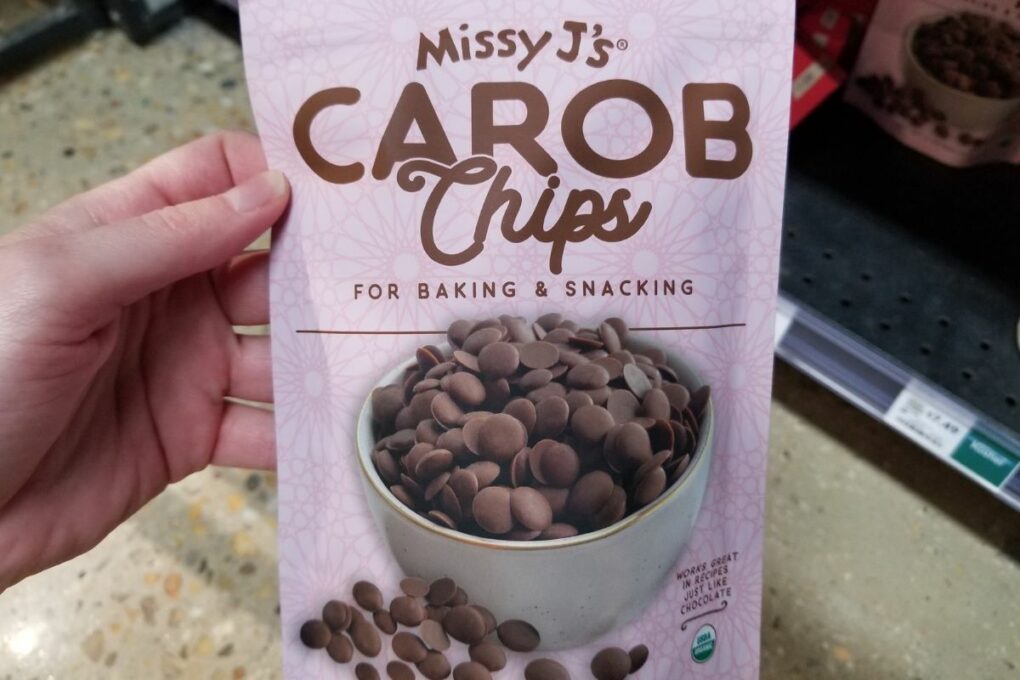
Jump To
What is Cacao (and Cacao Nibs)?
Cacao is the fruit of the Theobroma cacao tree. They develop as pods that contain pulp and seeds, which are processed into the cacao beans used to make chocolate.
To do this, the seeds are gathered in heaps of the pods’ pulp and covered with leaves, then left to ferment for 7 days. The fermenting pulp causes the beans to develop the flavor, aroma, and even the color associated with chocolate.
The cacao builds up moisture during the fermentation process, and then is dried, roasted, cracked, and winnowed to reach the pieces inside. These cacao nibs are then ground and heated into cacao mass or chocolate liquor, the essential ingredient needed to make chocolate.

What is Carob Chocolate (and Carob Chips)?
Carob chocolate is made by using roasted carob powder as an alternative to cacao powder in the chocolate-making process. Carob is the bean pod of the Ceratonia siliqua tree that grows in abundance in the eastern Mediterranean region.
Carob pods are leathery and can grow between 7.5 cm to 30 cm in length. Once a pod has ripened it can be picked and eaten raw, showcasing its naturally sweet flavor.
It's not a perfect replacement for cacao, but when dried, roasted, and ground into a powder, it has an appearance and flavor similar to sweet chocolate. But in my opinion, carob chocolate is more like compound coating— they’re both chocolate-like products that are cost-saving alternatives to real chocolate.
When mixed with sugar, milk, and cacao butter, carob can create a chocolate-like consistency and flavor. Like compound coating, carob is cheaper than cacao. The process of making carob powder involves:
- Drying carob pods to reduce moisture content.
- Dried carob pods are broken up and the seeds are removed before they’re ground into a coarse powder.
- Large pieces and debris are sifted from the coarse carob powder before it is ground further into a fine smooth powder.
Those are the basic steps for processing raw carob into carob powder, though note that different producers may have their own nuanced methods of processing, which can lead to wide variety in the market.
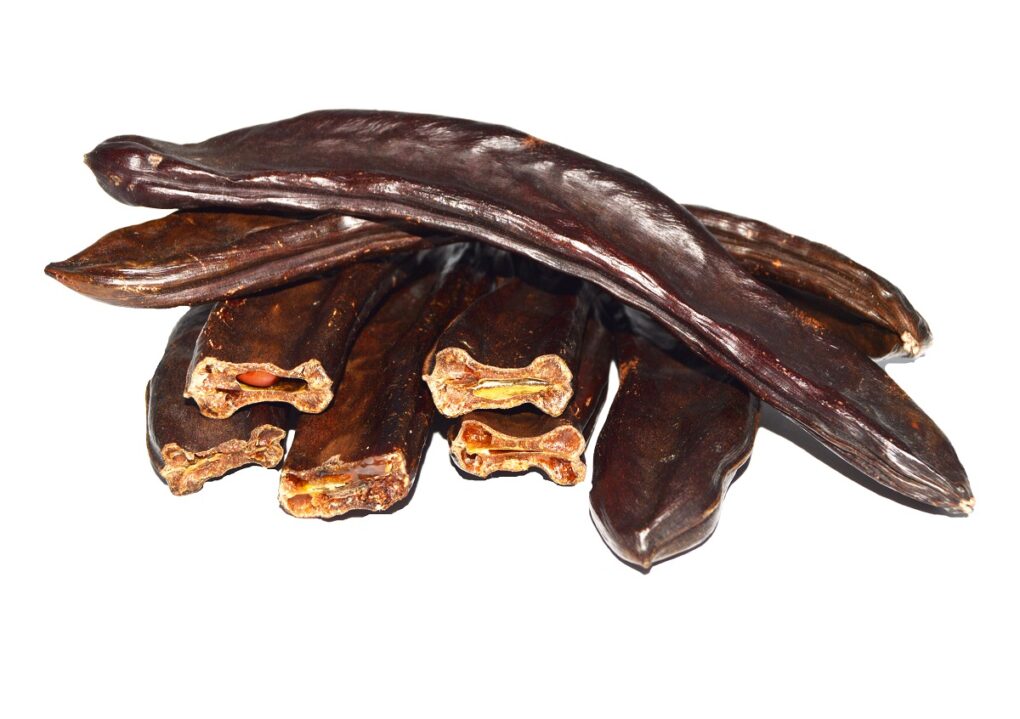
Cacao vs Carob: The Main Differences
Both cacao and carob come in pods containing pulp and seeds. However, the way they are primarily processed and utilized is different.
- Cacao pulp is fermented to transform the flavor of cacao seeds. For carob, the pulp is an integral component of the powder, essential to using it as an alternative to cacao.
- The cacao seeds are referred to as cacao beans and are the primary ingredient processed into chocolate. For carob, the seed is processed into a product known as locust bean gum (LBG), widely used in the food industry as a thickener, stabilizer, gelling or dispersing agent.
- Cacao is naturally bitter and high in fat. Carob on the other hand is sweet and high in fiber but low in fat.
- Cocoa contains a tiny amount of caffeine and theobromine, whereas carob doesn't have any.
- Fermentation is not part of carob's post-harvest processing steps.
Chocolate Chips vs Carob Chips
Chocolate chips or chocolate morsels are small tear-shaped or button-shaped bits of chocolate in a uniform size. Chocolate chips are tempered, and can be used to seed new batches of chocolate, added to trail mix, breakfast foods, and desserts, or used as toppings, spreads, and garnishes for baking.
Carob chips are made in a similar process to compound coating, which is typically made using cocoa powder. But instead of cacao powder, carob powder is mixed with cacao butter, palm oil, or coconut oil and formed into chips. Carob is naturally sweet, and the chips can be used as an alternative to chocolate chips.
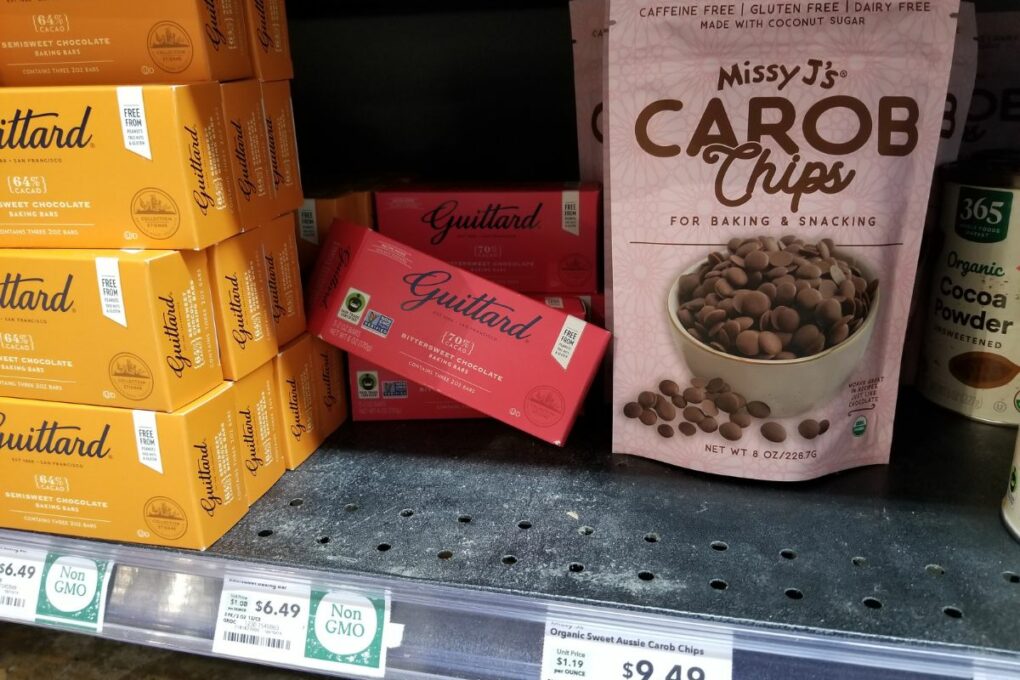
Health Benefits of Carob vs. Cacao
A study of various carob products gives a reference average for carob's nutritional value. Carob fruits are characterized by a high sugar content of 48%-56%, 3-4% protein, only 0.2-0.6% fat content, low alkaloids, and high fiber (especially in the seeds).
The pulp is made up of sugars, polyphenols, and minerals. The seed is gluten-free and contains protein, fiber, additional minerals, and polyphenols. These minerals include potassium, calcium, magnesium, sodium, copper, iron, and zinc.
Carob powder is also a source of vitamins E, D, Niacin, B6, and folic acid, with lower levels of vitamins A, B2, and B12. Studies have suggested that carob affects cancer cells, helps treat diarrhea symptoms, and possibly promotes antihyperlipidemic and antidiabetic effects.
Even though carob is a source of some protein, most products aren't considered sources of protein unless 12% of their energy value is provided by the protein. Carob is naturally low in fat, but added ingredients may change that. Still, 12 out of the 20 products in the study had less than 3 grams of fat per 100 grams.
Carob is considered caffeine- and theobromine-free, making them great alternatives for people who are highly sensitive to these alkaloids. Despite being sweet, carob fruit has a low glycemic index, meaning that it doesn't cause a rapid blood sugar rise. Carob flour is also used to manufacture diabetic and gluten-free products.
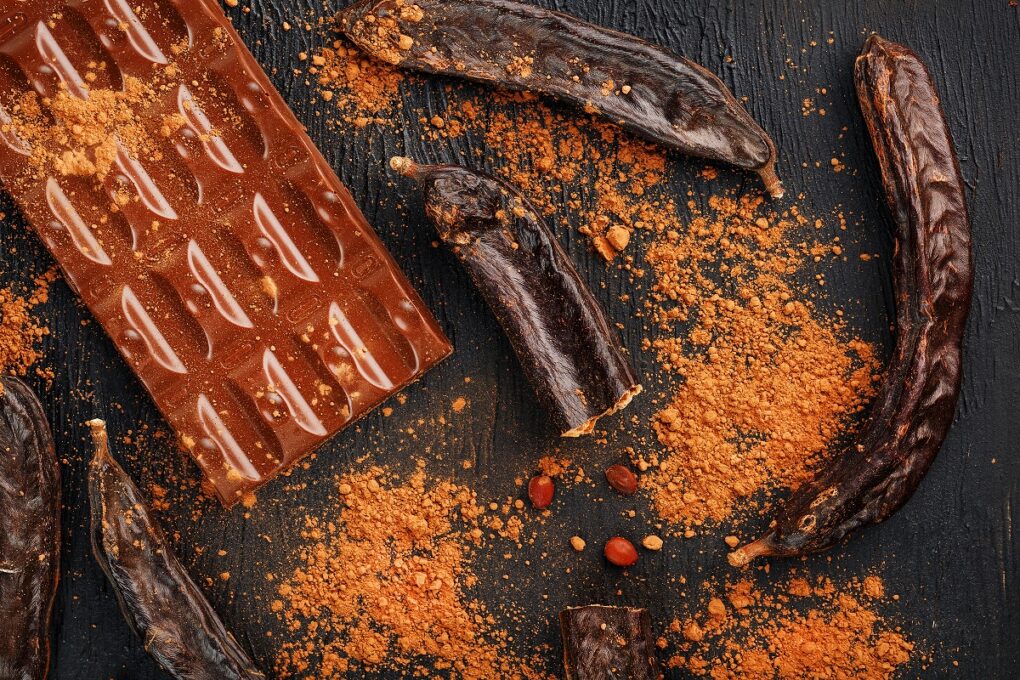
Potential Health Benefits of Carob:
- digestive health - high in fiber for bowel movements
- heart health - studies suggest it may have cholesterol-lowering effects
- weight management - low calorie and low glycemic index
- antioxidant activity - contains antioxidants that protect from cell damage
Which is Better: Cacao or Carob?
The preference for cacao or carob will vary. Carob is not a perfect replacement for cacao's flavor, so it will inevitably let down some consumers. But carob is naturally sweet, and the lack of caffeine and theobromine is generally seen as a positive. However, if you’re not sensitive to them, these substances can help improve cognitive functions and provide a boost in energy.
Like carob, cacao is also shown to contain a lot of antioxidants and minerals that are good for the body. Between the two, it's safer to consume carob in large amounts. Carob is healthier than cacao in terms of weight management and the presence of stimulants, but it just cannot replace chocolate.















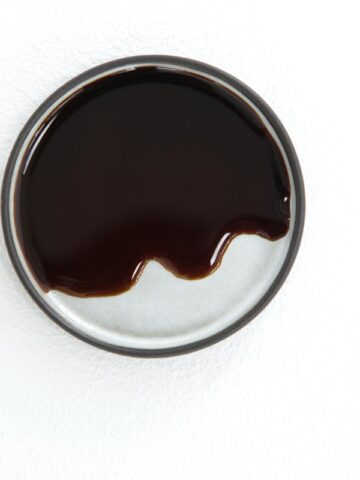

KM
In the section where you are listing off vitamins in carob, you list folic acid. Does this mean synthetic folic acid is added to Carob power or did you mean folate, which is the naturally occurring state?
Max
I understand what you mean, but for some reason the study into the naturally-ocurring nutrients in carob characterized B9 as folic acid rather than folate, even when measured in carob's crude form. So yes, it is naturally-ocurring and therefore folate, but the study lists it as folic acid, and I want to quote that accurately.